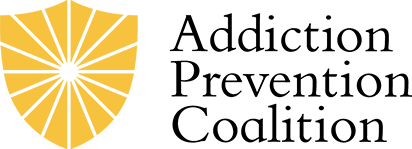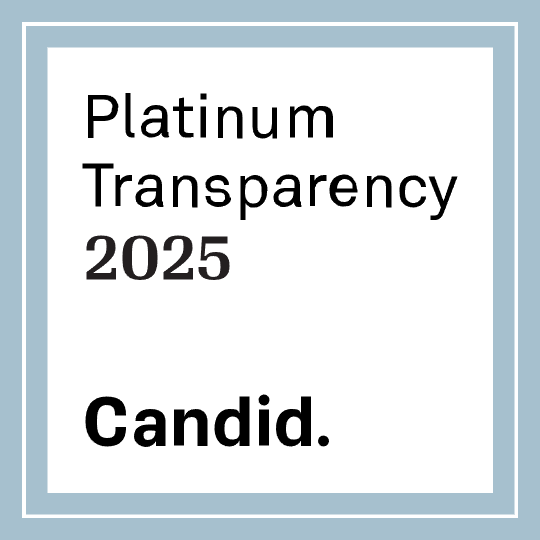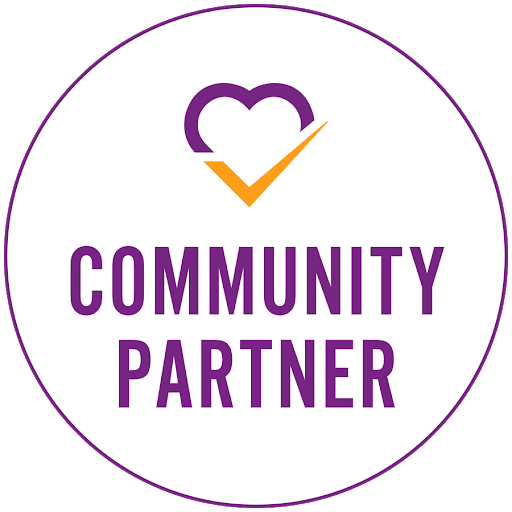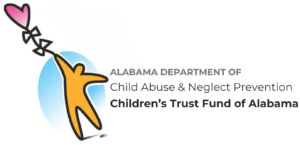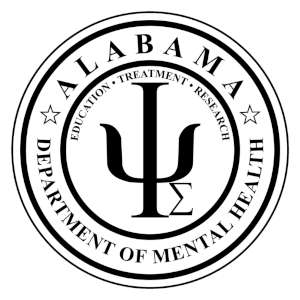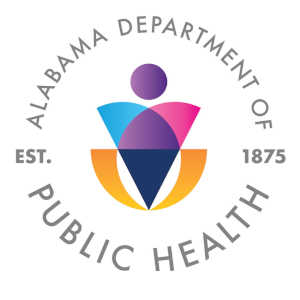 In the United States, more than 1.2 million people are living with Human Immunodeficiency Virus (HIV), the virus that leads to Acquired Immune Deficiency Syndrome (AIDS).[1] HIV, is a viral infection that is transmitted via blood and other body fluids, and it is easily passed from one person to the next by needle-sharing and unprotected sex. Since drug and alcohol abuse make individuals more likely to engage in risky behaviors, such as, unsafe or risky sexual behaviors and sharing used needles with other drug users, HIV/AIDS is a major problem among people, who struggle with substance use disorder.
In the United States, more than 1.2 million people are living with Human Immunodeficiency Virus (HIV), the virus that leads to Acquired Immune Deficiency Syndrome (AIDS).[1] HIV, is a viral infection that is transmitted via blood and other body fluids, and it is easily passed from one person to the next by needle-sharing and unprotected sex. Since drug and alcohol abuse make individuals more likely to engage in risky behaviors, such as, unsafe or risky sexual behaviors and sharing used needles with other drug users, HIV/AIDS is a major problem among people, who struggle with substance use disorder.
In fact, in 2016, approximately 20% of all recorded HIV cases in men and 21% of cases in women were caused by intravenous drug use.[2] While treatment for HIV can prevent the virus from progressing into AIDS, many people are unaware they are infected and unknowingly spread the virus to others. In lieu of World Aids Day on December 1st, let’s take a deeper look into HIV/AIDS, substance abuse, and what you can do to protect yourself and others against HIV.
Understanding HIV and AIDS
Researchers have traced the origins of HIV back to chimpanzees, who had the simian immunodeficiency virus (SIV), a virus that is similar to HIV in that it attacks the immune system in apes and monkeys. In 1920, the first transmission of SIV in chimpanzees to HIV in humans was thought to have cause the first HIV outbreak in the Democratic Republic of Congo, which would later spread throughout Africa and the rest of the globe.[3]
HIV is a virus that attacks the immune system by destroying T cells, also known as CD4 cells. As more and more of these cells are destroyed, the body loses its ability to fight off infections and diseases. Ultimately, this impaired immune response leads to the development of the most severe form of HIV: acquired immunodeficiency syndrome (AIDS).
People, who are living with AIDS, are extremely vulnerable to many different infections and illnesses, ranging from cancer to pneumonia. Although there is no cure for HIV or AIDS, medical treatments for these conditions have improved drastically over the last 20 years, allowing people with HIV, who receive treatment early, to live nearly as long as people, who do not have the virus. Those with HIV who do not receive a diagnosis or treatment will develop AIDS.
Without medication, people who develop AIDS generally only survive for about three years.[4] Furthermore, once a person with AIDS contracts a dangerous and a life-threatening illness, their life expectancy, without treatment, can be reduced even further. Fortunately, HIV medication is extremely effective when treatment is started early on. HIV medication can even stop the progression of the disease, preventing people with HIV from developing AIDS entirely. This is why early detection is important.
Symptoms of HIV/AIDS
The symptoms of HIV/AIDS vary greatly depending on which stage of the disease a person is in. Some common symptoms of HIV/AIDs include:
- Fever
- Night sweats
- Chills
- Sore throat
- Muscle aches
- Fatigue
- Mouth ulcers
- Swollen lymph nodes
One characteristic that makes this virus so concerning is that some people show no symptoms at all until their disease has progressed into a dangerous stage. In fact, nearly 40% of new HIV infections are transmitted by people, who do not even know they have the virus, and an estimated 161,800 people are unaware they have HIV at any given time.[5]
HIV Testing and Treatment
Early testing, detection, and treatment are crucial to treat people living with HIV, and to prevent further spread of the virus. The problem with early detection is that in the early stages of infection, a test may not be able to detect the HIV antibodies. This is because it takes time for the virus to multiply in the body. Since there is no way for the body to get rid of these antibodies, they continue to multiply until the virus has progressed.
If someone is concerned that they may have been exposed to HIV, they should get tested. However, since the tests may not detect antibodies in the early stages, people are generally encouraged to get tested 3-6 months after possible exposure to ensure accurate results.
People, who test positive for HIV, should begin treatment as soon as possible to guarantee they stay healthy and prevent the development of AIDS. The standard treatment for HIV involves antiretroviral therapy (ART). ART involves a combination of HIV medications that individuals take on a daily basis to reduce the viral load in their bodies, help them live longer, and reduce the risk of HIV transmission.[6]
The Implications of Substance Abuse and HIV/AIDS
Risky or unsafe sexual behaviors are the most common cause of HIV transmission. People, who are under the influence of drugs or alcohol, are more likely to engage in risky sexual behaviors, ranging from unprotected sex with someone, who has the virus, to having multiple sexual partners. While HIV is most commonly transmitted through sexual encounters, it is also transmitted among drug users via needle-sharing. People, who inject drugs like heroin or meth, may share needles with other drug users, who have the virus, and unknowingly infect themselves.
Not only does HIV directly affect the immune system, but drug and alcohol abuse do too. People, who have HIV and are also abusing drugs and alcohol, further compromise their immune systems through continued substance abuse. This can cause the virus to progress faster in people with substance use disorder than it does in individuals, who do not abuse drugs or alcohol.
In fact, studies show that drug abuse makes it easier for HIV to enter the brain and damage nerve cells, leading to problems with memory, thinking, and learning. Substance abuse also damages the liver, which increases the risk of chronic liver disease, cancer, and other illnesses in people infected with HIV.[2]
Lastly, people, who are struggling with addiction and HIV/AIDS, may be less likely to comply with their daily treatment regimen. Substance abuse impairs memory, thinking, and decision-making, so users may forget to take their medications, spend their money on drugs rather than medicine, or simply refuse to comply with treatment. Medication non-compliance worsens the progression of HIV/AIDS, and may worsen AIDS-related mortality rates.[1]
Addiction is a deadly and progressive illness in itself. Between the opioid epidemic and the rapidly growing benzodiazepine epidemic, it is no secret that addiction is a major problem across the United States. Like HIV, there is no cure for addiction – but both conditions can be treated and diagnosed individuals can achieve a high-quality of life. It all starts with using preventative measures and getting tested regularly.
Take These Steps to Protect Yourself Against HIV
There are many steps you can take to protect yourself from HIV. First and foremost, if you are addicted to drugs or alcohol, consider seeking help. Stopping your substance abuse will help you start taking care of your health and making better decisions that will greatly reduce your risk of contracting HIV. If you have already contracted HIV, getting sober is still the best option for you, because being sober will help make your treatment more effective.
Other ways to prevent HIV transmission include:
- Get tested. At Addiction Prevention Coalition, we can connect you with HIV testing resources. This is the only way to know for sure whether or not you have HIV. Getting tested can save your life and others.
- Practice safe sex. Ways to practice safe sex include wearing a condom every time you have sex, limiting your number of sexual partners, and choosing less risky sexual behaviors.
- Get tested for STDs. Having an STD can increase your risk of contracting HIV as well as spreading it to others, so it is important to get tested regularly. Encourage your intimate partners to do the same.
- If you inject drugs, use a clean needle every time. It is never safe to inject drugs and we never recommend that you do so. However, if you are injecting substances, avoid sharing needles with other people and make sure you use a clean needle every time. If you do not have access to clean needles, consider taking these steps, as suggested by the CDC, to clean your needles.[8][infographic]
 Talk to your doctor about PrEP. PrEP is an HIV prevention medication that people, who are at risk of HIV, can take to reduce this risk. This may be an option for people whose romantic partners are HIV positive or those who inject drugs.
Talk to your doctor about PrEP. PrEP is an HIV prevention medication that people, who are at risk of HIV, can take to reduce this risk. This may be an option for people whose romantic partners are HIV positive or those who inject drugs.
Get Involved With World AIDS Day
Tuesday, December 1, 2020 is World AIDS Day. World AIDS Day originated in 1988. Individuals and organizations worldwide have worked towards bringing attention to the HIV/AIDS epidemic, an epidemic that is highly stigmatized in most cultures. If you are interested in learning more about World AIDS Day or getting involved with bringing awareness to HIV and speaking out against the stigma, visit https://www.worldaidsday.org/.
References:
- https://www.drugabuse.gov/publications/research-reports/common-comorbidities-substance-use-disorders/part-3-connection-between-substance-use-disorders-hiv
- https://www.drugabuse.gov/publications/drugfacts/drug-use-viral-infections-hiv-hepatitis
- https://www.history.com/topics/1980s/history-of-aids
- https://www.webmd.com/hiv-aids/understanding-aids-hiv-symptoms
- https://www.cdc.gov/hiv/testing/index.html
- https://hivinfo.nih.gov/understanding-hiv/fact-sheets/hiv-treatment-basics
- https://hivinfo.nih.gov/understanding-hiv/fact-sheets/basics-hiv-prevention
- https://www.cdc.gov/hiv/pdf/library/factsheets/cdc-hiv-clean-your-syringes.pdf

